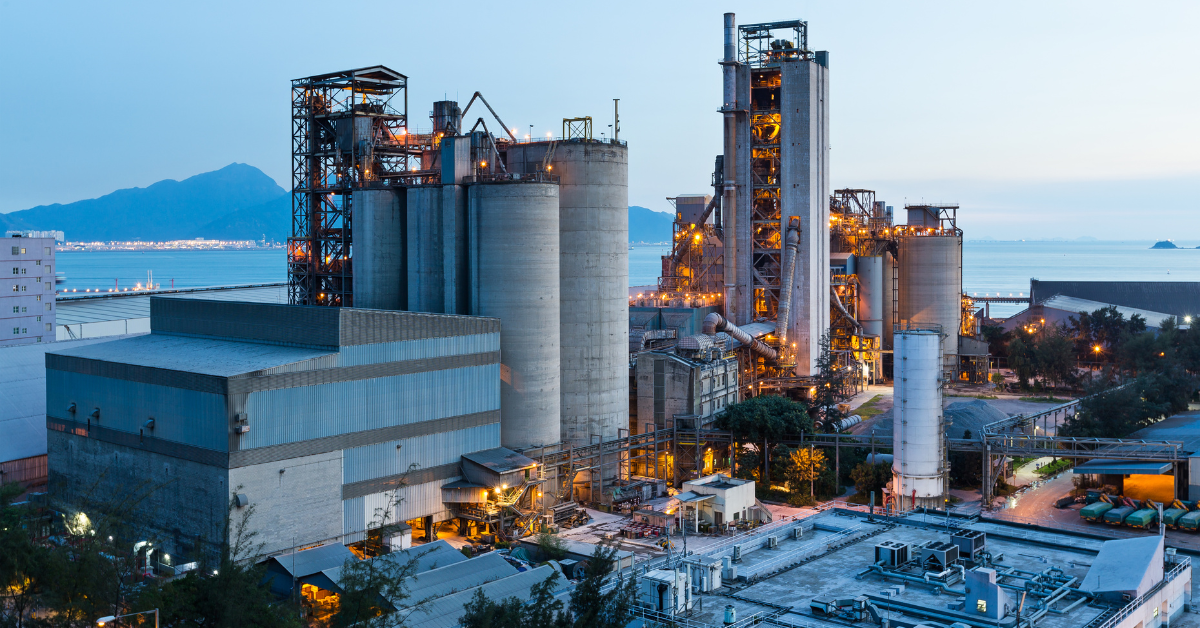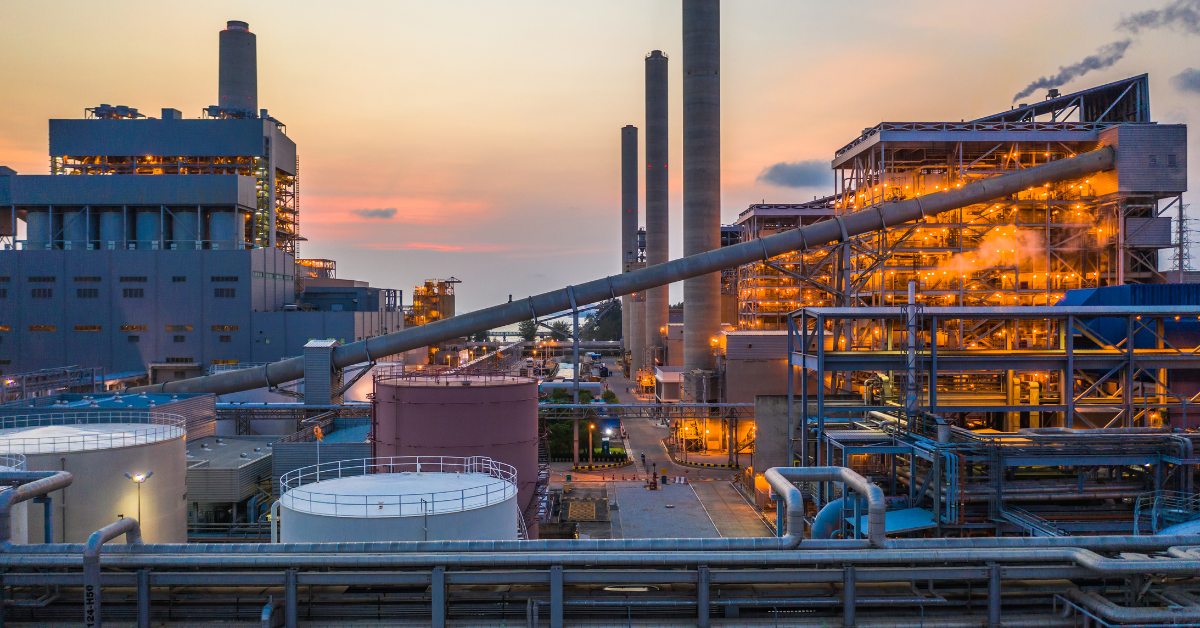Watch our video to hear Glen Bailey, Director of North America Sales at Carbon Clean, explain how changing regulations impact steel plants — and how they can take advantage of this shift to take part in the global circular carbon economy.
How have government programs helped steel plants move towards implementing CCUS technology?
As governments have taken action to incentivise the transition to a sustainable economy, they have recognised the important role of Carbon Capture, Utilisation and Storage. In 2018, the US government expanded the 45Q Tax Credit for carbon capture and storage, while California’s LCFS program provides $200 per metric tonne of CO2 for CCUS facilities that reduce transportation fuel emissions. And in 2020, the European Development Fund launched a €1 billion CCUS funding program. Governments worldwide are increasingly encouraging industry to adopt technologies such as Carbon Capture, Utilisation and Storage.
These initiatives have led to increased numbers of steel companies committing to net zero and the use of CCUS. In fact, steel plants make ideal candidates for carbon capture because most of their emissions can be captured directly from their process-gas and off-gas. They can then be repurposed through a circular carbon economy approach. This captured carbon can be sold back into the market, enabling producers to keep their costs low while making substantial progress towards global net zero objectives or it can go into safe long-term storage.
Why is the steel industry so important to help achieve net zero objectives?
The steel industry provides critical material for engineering and construction and is present in many aspects of our lives. However, the steel industry also generates about 8% of global CO2 emissions. In order to support international climate agreements, it is becoming ever more important for the steel sector to reduce its carbon footprint.
The good news is that advances in CO2 capture technologies are revolutionising the industrial market and allowing business to change the way we view carbon. Transforming what was formerly an industrial waste product into a valuable commodity, carbon capture innovation is enabling a new circular carbon economy, and the steel industry is set to be a big piece of this picture.
With the steel sector’s supply chain expertise and economic importance, the industry can significantly help drive sustainable markets worldwide, and carbon capture technology can play a vital role towards reducing emissions.
What are the financial implications for steel plants and moving carbon emissions towards net zero?
There is a lot at stake. Industry analysts say that the global steel industry may have up to 14% of its potential value at risk if it does not address environmental impact. Also, tightening regulations will continue to raise the cost of CO2 emissions, increasing overall production costs. To remain economically competitive, decarbonisation will likely become a very high priority for steel companies.
But at the same time, many jurisdictions are creating subsidies and tax credits for businesses that capture their carbon emissions. This creates an opportunity for early adopters to recoup much of the capital and operational costs involved in implementing carbon capture systems.
These incentives will further drive innovation in CCUS technologies, while also decreasing the cost of implementation in the steel industry.
How does legislation passed in recent years incentivise this industry to create a plan to reduce their carbon emissions?
The signing of the Paris Agreement in 2016 is the driver for the world to achieve net zero emissions by 2050. In 2019, over 60 countries announced they had committed to carbon neutrality by 2050 — with some countries committing to earlier dates. These agreements have led to increasing pressure for industry to decarbonise on a global scale.
To meet these critical milestones, industrial CO2 emissions will need to fall by around 45% by 2030 alone. Industries are developing their roadmaps to implement viable, large-scale carbon capture solutions towards hitting those critical targets.
How can the steel industry participate in the circular carbon economy?
Carbon Clean can help the steel industry with carbon capture solutions. The captured CO2 from steel plants can be harnessed as a raw material, for example, by combining with water and steel slag to create building materials. Carbon Clean can help the steel industry find partnership opportunities to commercialize captured CO2 products.
Are you ready to reduce your carbon footprint and take part in the global circular carbon economy by investing in steel carbon capture? Download your whitepaper 'The Circular Carbon Economy: How Carbon Clean Is Transforming the Future of Industry' to learn how hard to abate industries can start using CCUS technology to capture and resell their carbon.



